Essential terminology: Your ‘plantar fascia’ is a thick band of connective tissue that attaches to your heel and then spans your foot like a fan to connect to all five toes. You have connective tissues all around your body. In fact, connective tissue is one of the four main tissue types. It serves to connect, stabilise and enclose musculature and structures throughout the human body. Then plantar fascia helps maintain the shape of the foot by supporting the bones, joints and muscles, thereby helping to maintain the shape of your arch.
Plantar Fasciitis describes the damage and subsequent inflammation to your plantar fascia (see above). When the fascia is overloaded with pressure, strained or directly damaged, it becomes inflamed. It is this inflammation that causes the painful symptoms that is known as plantar fasciitis.

As the plantar fascia spans the arch, it is stretched every time we take a step. The body is well used to this and our normal daily walking and activities. However, if we overuse, overload or generally strain the fascia past the point that it can handle, it will develop microtears through its fibres, causing damage and inflammation.
The plantar fascia can become damaged from a variety of causes, including:
It is important to not only look at the symptoms but the cause so that the fascia doesn’t keep getting damaged in the future. This happens when the cause isn’t a one-off activity but associated with the biomechanics of your feet, which is often a primary cause of plantar fasciitis.
Common symptoms of plantar fasciitis include:
Symptoms can come and go over months or even years, without the problem being resolved. Because the damage to the fascia can worsen, this condition must be effectively managed to prevent a partial tear, or even the complete rupture, of the plantar fascia.
Care must also be taken as the symptoms of other conditions may also closely match the symptoms of plantar fasciitis. A good example of this is Abductor Hallucis Tendinopathy, where the Abductor Hallucis muscle shares an insertion at the base of the heel with the plantar fascia.

The first step to treatment is getting a complete picture of what is happening with your feet and what the cause is, especially as there are often multiple contributing causes. From there, your Podiatrist will create a comprehensive treatment plan for you that takes into consideration your daily activities, lifestyle and goals. Initially, the focus of the treatment plan will be to reduce your current symptoms and get you out of pain, while long-term your treatment plan will work to prevent this from happening again. Once you’ve had plantar fasciitis, you’re more likely to damage your fascia again, so this must be a primary focus.
Depending on the severity of your symptoms, your treatment may include:
Depending on your symptoms and circumstances, various other treatment modalities may be recommended for your recovery, such as splints and pads.
The answer to this is truly dependant on you. Just like you can break your leg or sprain your ankle twice, you can definitely suffer from plantar fasciitis again. They key is to have the right preventative measures in place to reduce the risk of this happening again. By knowing about the condition and its causes, you can also make the best decisions for your feet. Make sure you talk through any questions you have with your Podiatrist and understand how to best protect and look after your feet.
.png)
Since introducing shockwave therapy, we’ve helped many of our patients avoid surgery for certain conditions. Here's what you
need to know about shockwave treatment and how it works.
.png)
This Mother’s Day, consider a practical, medically safe, and confidence-boosting gift: a professional KeryFlex nail restoration treatment. It’s a simple, effective, and medically safe way to instantly transform the appearance of toenails.

In some cases like arthritis, continuing to stay active is one of the best things you can do for your joints. Is the same true if you're in pain or have an injury?

A stroke is New Zealand's second single biggest cause of death and a leading cause of serious adult disability. Here's how podiatry can help in your rehabilitation.

Shockwave is a fantastic treatment for Achilles injuries and Achilles heel pain. Here's how it works and how our podiatrists use it.
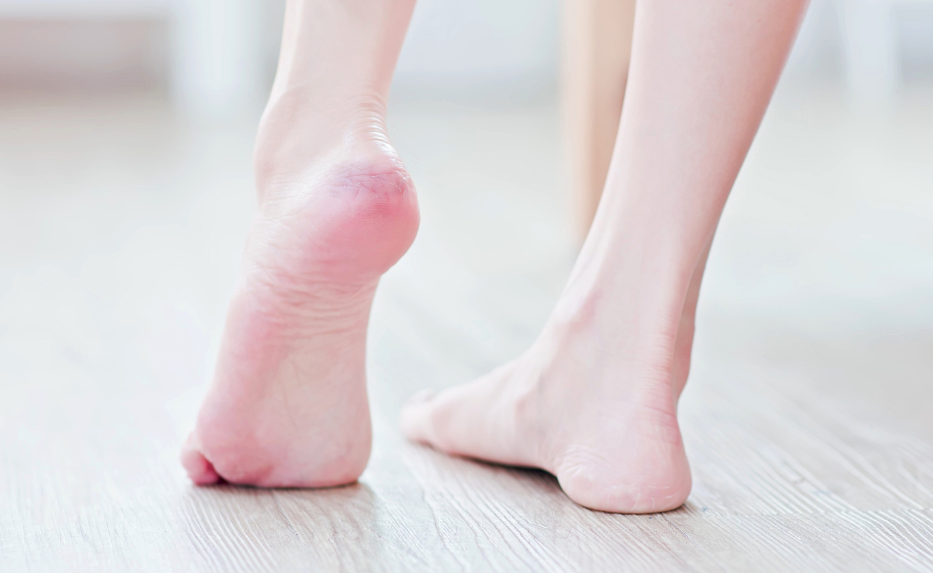
How does shockwave work to relieve foot pain? Here's how it helps you, and how our podiatrists use it at our Remuera clinic.

How do you go through the holidays and family visits while keeping up your strength and fitness? Here are five ways.

Help your loved ones stay on their feet for years to come with a podiatry appointment. Here's how it can help.

We’ve welcomed the Nu-Tek low-level laser into our podiatry clinic. Here's how you tell if it could be the answer to your foot
pain.
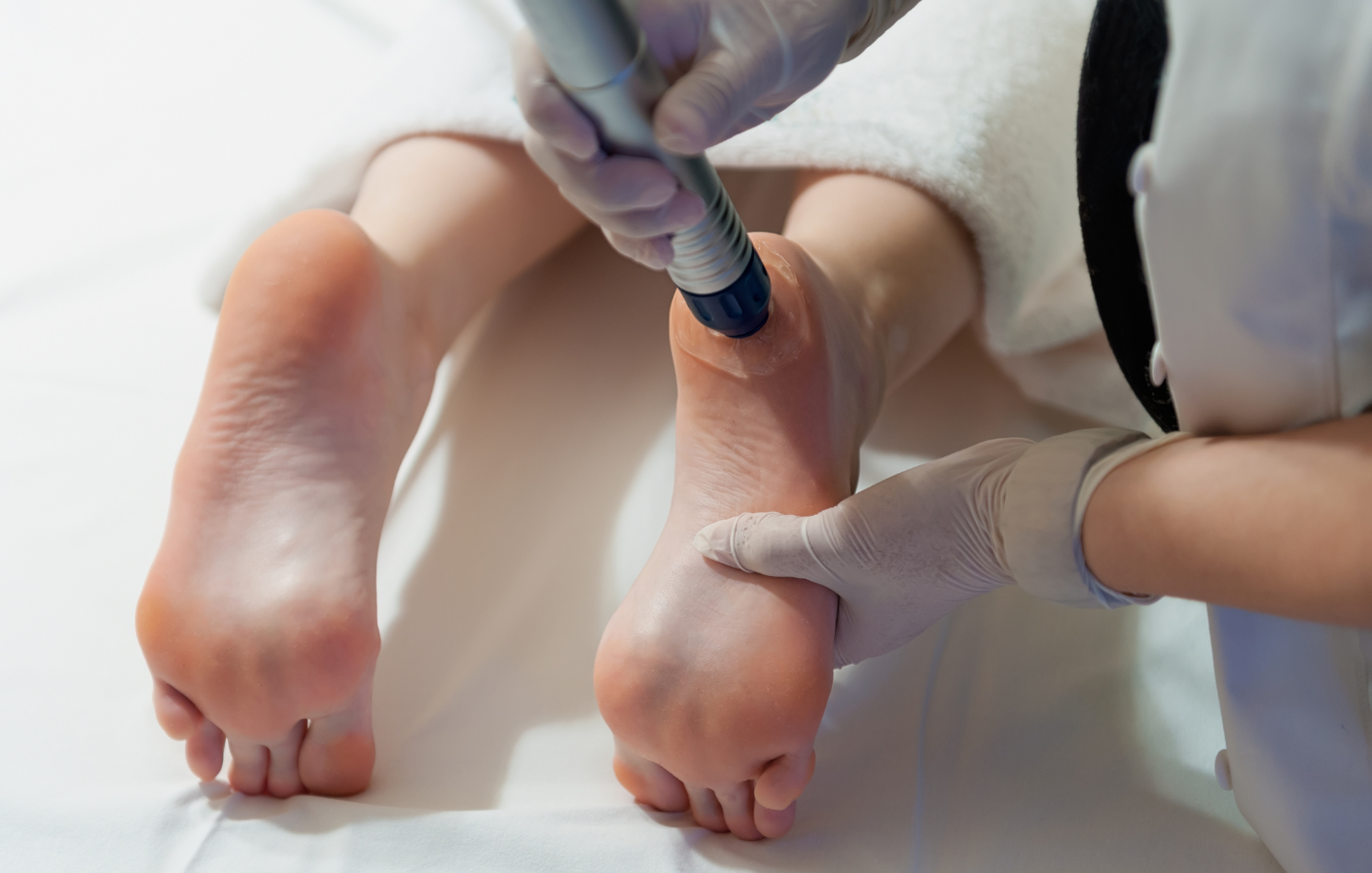
Otherwise known as radial pressure wave therapy, shockwave therapy is a device held by our podiatrists and positioned against your foot or leg at the site of your injury.

We can transform the appearance of toenails to look healthy and clear in three ways, and as fast as in one appointment. Here's how.

Tingling or numbness in your feet and legs during or after exercise can be an odd sensation. If you’re prone to experiencing it, the most common reasons are related to pressure on nerves or problems with your circulation.

Does wearing high heels really come at a cost to our feet? If you’re wondering what effects - if any - high heels may be having on your feet, here’s the inside scoop from our podiatrists.

It’s important to not only use an evidence-based treatment plan to help you get the best outcomes for your foot and leg pain, but to help you see the best results in the shortest time. That’s the reason we’ve invested in shockwave.
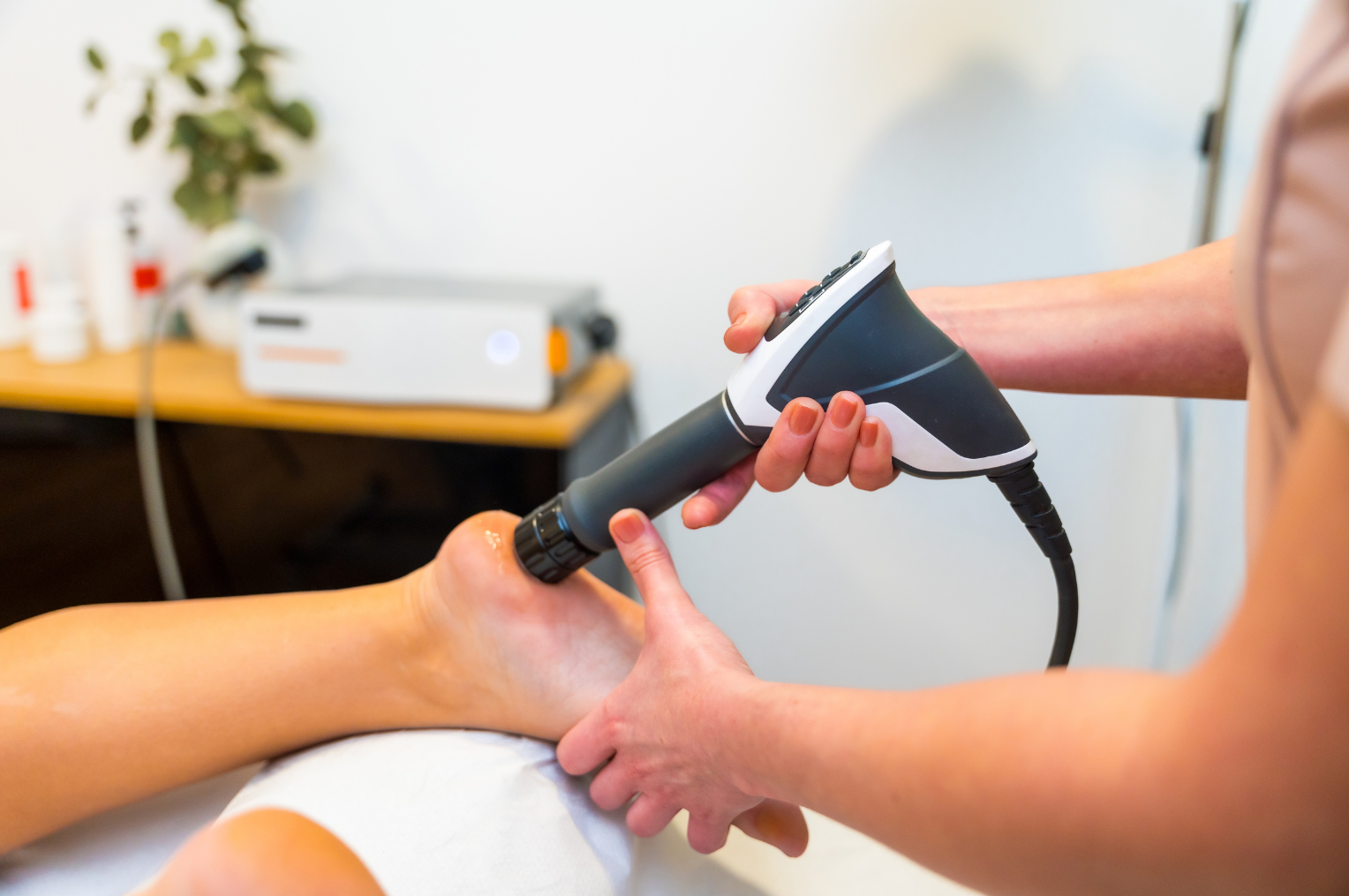
Heel pain is our specialty here at Perform Podiatry. We now have Low-Level Laser Therapy (LLLT) and Shockwave Therapy to
help you get the best results from your treatment.
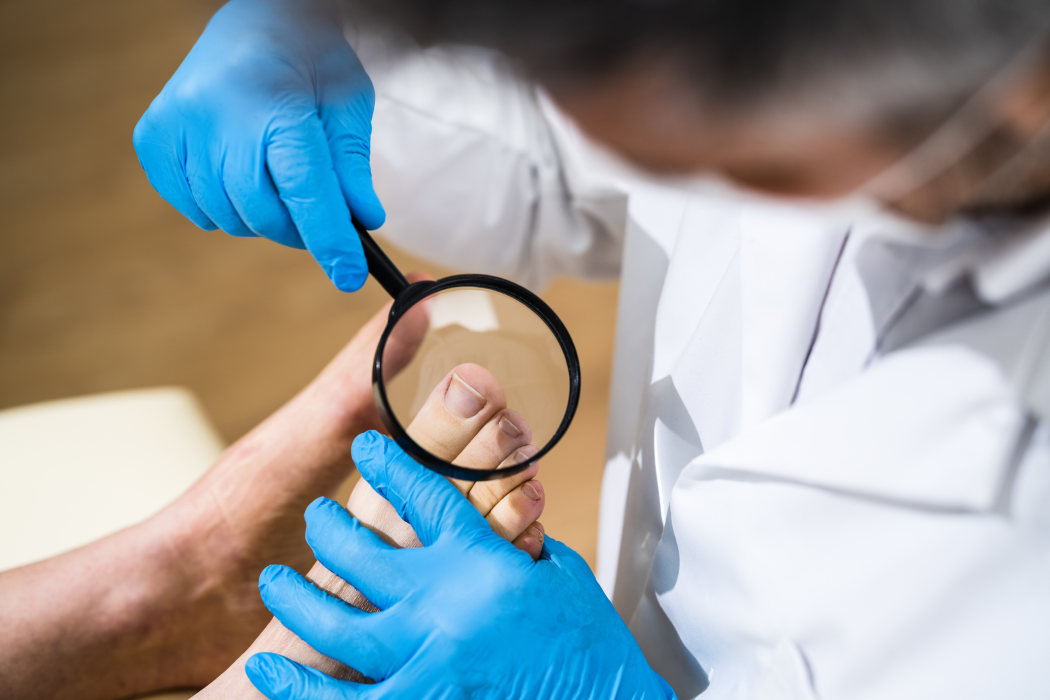
We treat a lot of ingrown toenails here at the Auckland Ingrown Toenail Clinic. So, with approximately 10% or more of the adult population harbouring a fungal nail infection, it’s not uncommon that we see many ingrown toenails where a stubborn nail fungus has also infiltrated the nail. So how can you tell, what can […]
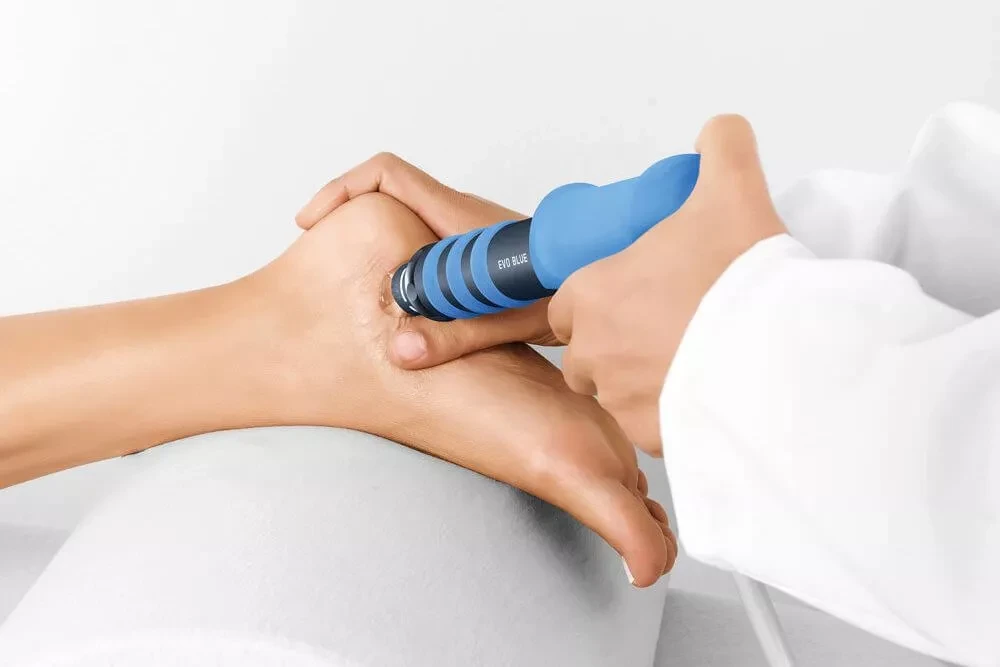
Shockwave therapy is a gold standard treatment used to help achieve the best clinical outcomes for musculoskeletal injuries and pain – and we’re very proud to now offer it to our patients here at Perform Podiatry.

While many of the cases we see here at the Auckland Ingrown Toenail Clinic are fairly standard, there are a few that vary greatly from the ‘norm’, and could have resulted devastating consequences if they had been left untreated under the hopes that the ingrown nail would “go away on its own”, something many people […]

They may be small, but verrucas, also known as plantar (foot) warts, are much more than just a minor annoyance. They can be painful to walk on and extremely persistent, making your day to day life a lot less pleasant or comfortable. As one of Auckland’s leading podiatry clinics that specialise in ingrown toenails, we […]

Not all pedicures are the same. For more than just aesthetic touch-ups, a medical pedicure by a podiatrist ensures your feet are cared for with expert attention, leaving you feeling safe and confident.

Ingrown toenails can be painful and uncomfortable, so identifying the ‘red flags’ of ingrown nails early on can be helpful in getting prompt treatment and reducing the risk of complications. So what are the top red flags you should be looking out for? One: Persistent Pain and Discomfort One of the most significant red flags […]
Keeping your family on their feet and helping them to walk, run, play and exceed their goals is why we love getting up in the morning.
Ground Floor, One Health Building
122 Remuera Rd, Remuera
Auckland 1050, New Zealand
| MON - FRI | 7:30am – 6:30pm |
| SAT | 8:30am – 4:30pm |
| SUN | Some availability |
Make an Appointment
Online Schedule